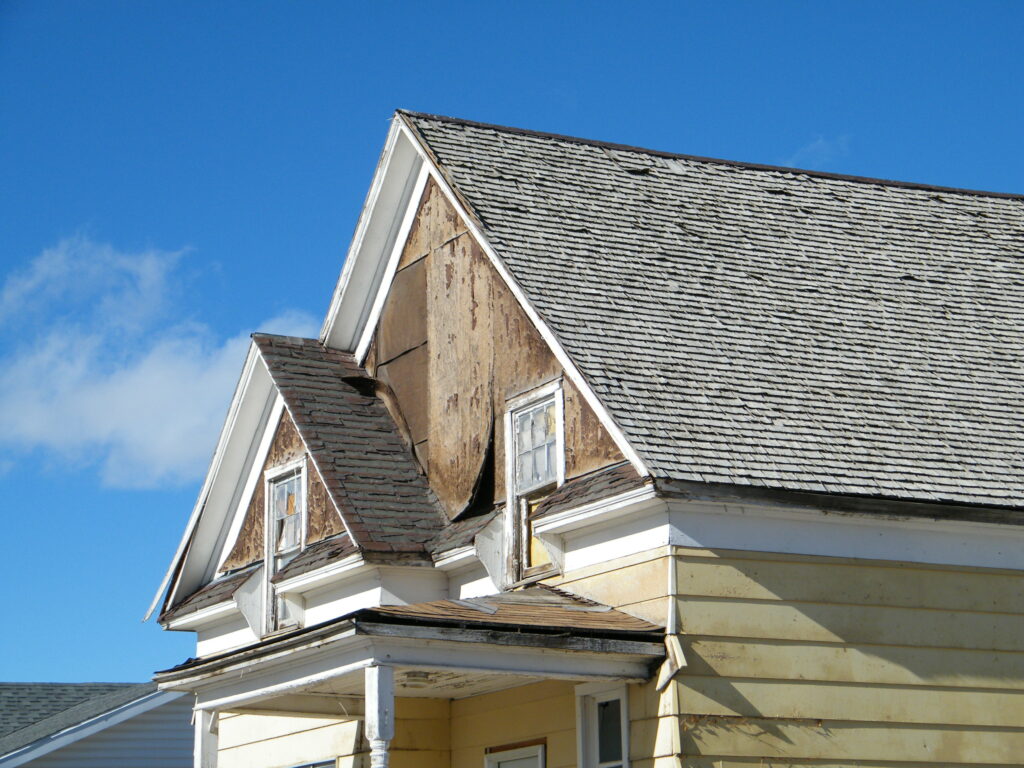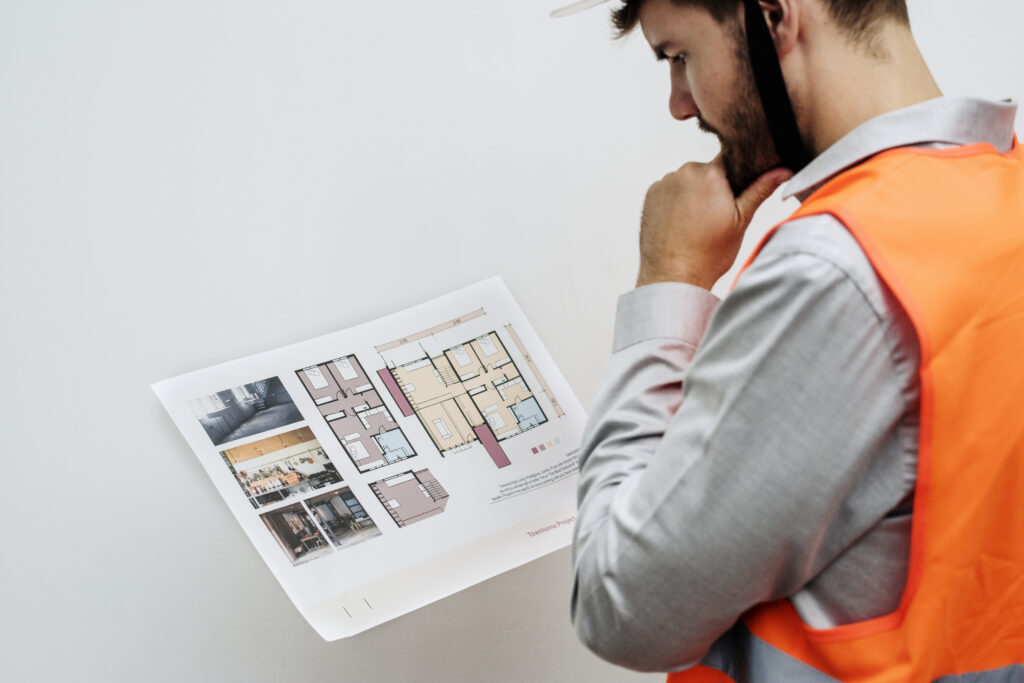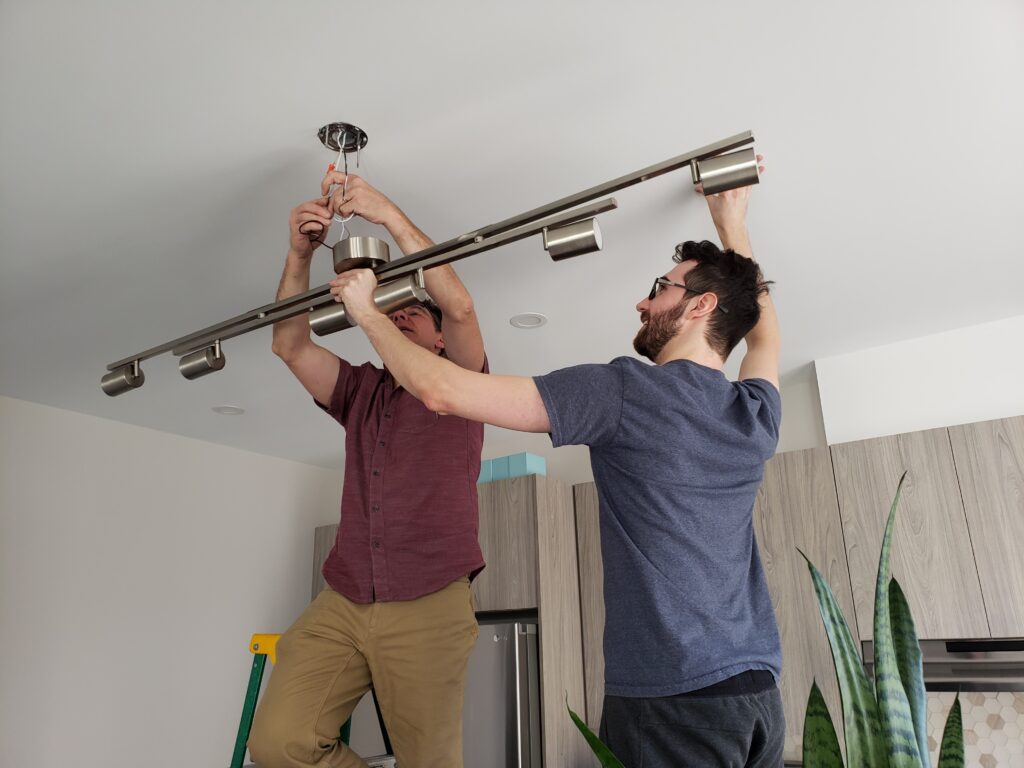Flip That House: Essential Tips and Tricks for Making the Most of Your Fixer-Upper
Are you thinking about buying a fixer-upper and turning it into your dream home? You’re not alone! With the right tips and tricks, you can “flip that house” and create the home of your dreams.
In this blog post, we’ll provide essential advice on how to make the most of your fixer-upper and turn it into a beautiful, functional home. Read on to learn more about how to successfully tackle your renovation project and create the home of your dreams.
Assessing the Potential of a Fixer-Upper

So, you’ve stumbled upon a potential fixer-upper that you think could be the home of your dreams.
But before you make any commitments, it’s crucial to assess its true potential. Start by considering the location. Is it in a desirable neighborhood? Is there good access to amenities and transportation? Remember, location is key when it comes to property value.
Next, take a look at the layout and structural integrity of the house. Is the layout functional, or will you need to knock down walls and reconfigure the space? Are there any major structural issues that need to be addressed, such as foundation problems or water damage? Be sure to bring in a professional inspector to evaluate the house thoroughly.
Consider the condition of the major systems in the home as well. Are the electrical and plumbing systems outdated? Will they need to be completely replaced or just updated? These are important factors to consider when assessing the overall cost of the renovation.
Finally, think about your own skills and time commitment. Are you willing and able to take on a major renovation project, or would you prefer to hire professionals to handle the work? Assessing the potential of a fixer-upper requires careful consideration of all these factors. Take the time to thoroughly evaluate the house and make an informed decision about whether it’s the right project for you.
Budgeting for Renovations and Unexpected Costs

Renovating a fixer-upper can be an exciting and rewarding project, but it’s essential to plan and budget for the renovations and unexpected costs that may arise along the way.
One of the first steps in budgeting for renovations is to establish a realistic budget. Start by determining how much you can afford to spend on the renovation and prioritize the areas that require the most attention. Consider creating a spreadsheet to track your expenses and keep a close eye on your budget as the project progresses.
When it comes to unexpected costs, it’s important to set aside a contingency fund. Renovations often uncover hidden issues, such as mold, rot, or outdated electrical systems, which can add significant costs to your project. By setting aside a contingency fund, you’ll be better prepared to handle any surprises that arise without derailing your entire renovation budget.
In addition to the renovation costs, don’t forget to factor in the costs of permits, inspections, and any professional fees you may incur. These costs can add up quickly, so be sure to research and understand the requirements in your area.
Remember, it’s better to overestimate your budget and come in under budget than to underestimate and find yourself in a financial bind. By carefully planning and budgeting for renovations and unexpected costs, you’ll be well on your way to successfully transforming your fixer-upper into your dream home.
Finding the Right Contractor or DIY Approach

When it comes to renovating a fixer-upper, one of the most important decisions you’ll make is whether to hire a contractor or take a DIY approach. Both options have their pros and cons, so it’s essential to carefully consider your skills, resources, and time commitment before making a decision.
Hiring a contractor can be a great option if you’re not confident in your renovation skills or simply don’t have the time to tackle the project yourself. A professional contractor will have the expertise and experience to handle all aspects of the renovation, from the initial planning and design to the execution and finishing touches. They’ll also have a network of reliable subcontractors to ensure the work is done to the highest standard.
On the other hand, taking a DIY approach can save you money and give you the satisfaction of completing the project yourself. However, it’s crucial to be realistic about your skills and abilities. Renovating a fixer-upper can be a complex and time-consuming task, and it’s easy to underestimate the amount of work involved. If you do choose to go the DIY route, be sure to educate yourself on the necessary techniques and safety precautions, and be prepared to invest a significant amount of time and effort.
Ultimately, the decision to hire a contractor or take a DIY approach will depend on your personal circumstances and preferences. Consider your budget, timeline, and comfort level with DIY projects, and weigh the pros and cons of each option. Remember, it’s important to find the right balance between your renovation goals and your available resources.
Making a Game Plan for Prioritizing Renovations

Making a game plan for prioritizing renovations is a crucial step in turning your fixer-upper into your dream home.
With so many potential projects to tackle, it can be overwhelming to know where to start. But fear not! By creating a clear plan, you can ensure that your renovations are done efficiently and effectively.
First, take a comprehensive look at your fixer-upper and identify the most pressing issues. Is the roof in need of repair? Are there plumbing or electrical issues that need immediate attention? These are the types of projects that should take priority as they directly impact the functionality and safety of your home.
Next, consider your long-term goals for the space. Do you dream of an open concept living area or a luxurious master suite? By envisioning your end goal, you can identify which renovations will have the biggest impact on achieving that vision. Prioritize projects that will enhance the overall functionality and aesthetic of your home.
Once you have identified your priorities, it’s time to create a timeline. Break down your renovation projects into manageable phases and set realistic deadlines for each. This will help you stay organized and focused as you work through your renovation plan.
Remember, flexibility is key when making a game plan for prioritizing renovations. Unexpected issues may arise, and it’s important to be prepared to adjust your plan as needed. By having a clear plan in place, you’ll be able to tackle your fixer-upper with confidence and create the home of your dreams.
Transforming Outdated Interiors with Creative Design Solutions

Transforming outdated interiors is an exciting and challenging part of renovating a fixer-upper.
With some creative design solutions, you can turn these spaces into stunning, modern areas that reflect your personal style. One of the easiest ways to transform outdated interiors is by giving them a fresh coat of paint. Choose light and neutral colors to brighten up the space and make it feel more open and inviting.
Don’t be afraid to add pops of color with accessories or accent walls. Another way to update outdated interiors is by replacing old fixtures and hardware. Swap out outdated light fixtures, cabinet handles, and faucets for sleek, modern options. This simple change can make a huge difference in the overall look and feel of the space.
Lastly, don’t underestimate the power of accessories and decor. Use rugs, curtains, artwork, and furniture to bring your personal style into the space and make it feel like home. By incorporating these creative design solutions, you can transform outdated interiors and create a beautiful, modern home that you’ll love for years to come.
Embracing the Charm of Vintage Features While Incorporating Modern Amenities
When renovating a fixer-upper, it’s important to embrace the charm of vintage features while also incorporating modern amenities.
These old houses often come with unique architectural details, such as intricate moldings, original hardwood floors, and charming built-ins. By preserving and highlighting these vintage features, you can add character and warmth to your home.
Start by assessing which features can be salvaged and restored. Refinishing original hardwood floors, for example, can bring out their natural beauty and add a touch of elegance to any room. Similarly, updating and painting vintage moldings can give them new life and make them stand out as a beautiful architectural element.
While preserving vintage features is important, it’s also essential to incorporate modern amenities that fit your lifestyle. Consider updating outdated electrical systems, installing energy-efficient appliances, and incorporating smart home technology for added convenience and functionality. This way, you can enjoy the charm of vintage features while also enjoying the comforts of modern living.
Don’t be afraid to mix old and new when it comes to decor and furnishings as well. Pair vintage pieces with modern accents to create a unique and eclectic look. Embracing the charm of vintage features while incorporating modern amenities will give your fixer-upper a truly special and personalized touch.
Ready to sell your property? Give us a call today and learn more about our professional photography services and marketing that can boost your property listing!
Plus, explore our virtual assistant coaching program to level up your business. Don’t forget to tune into our new podcast for even more valuable insights!
